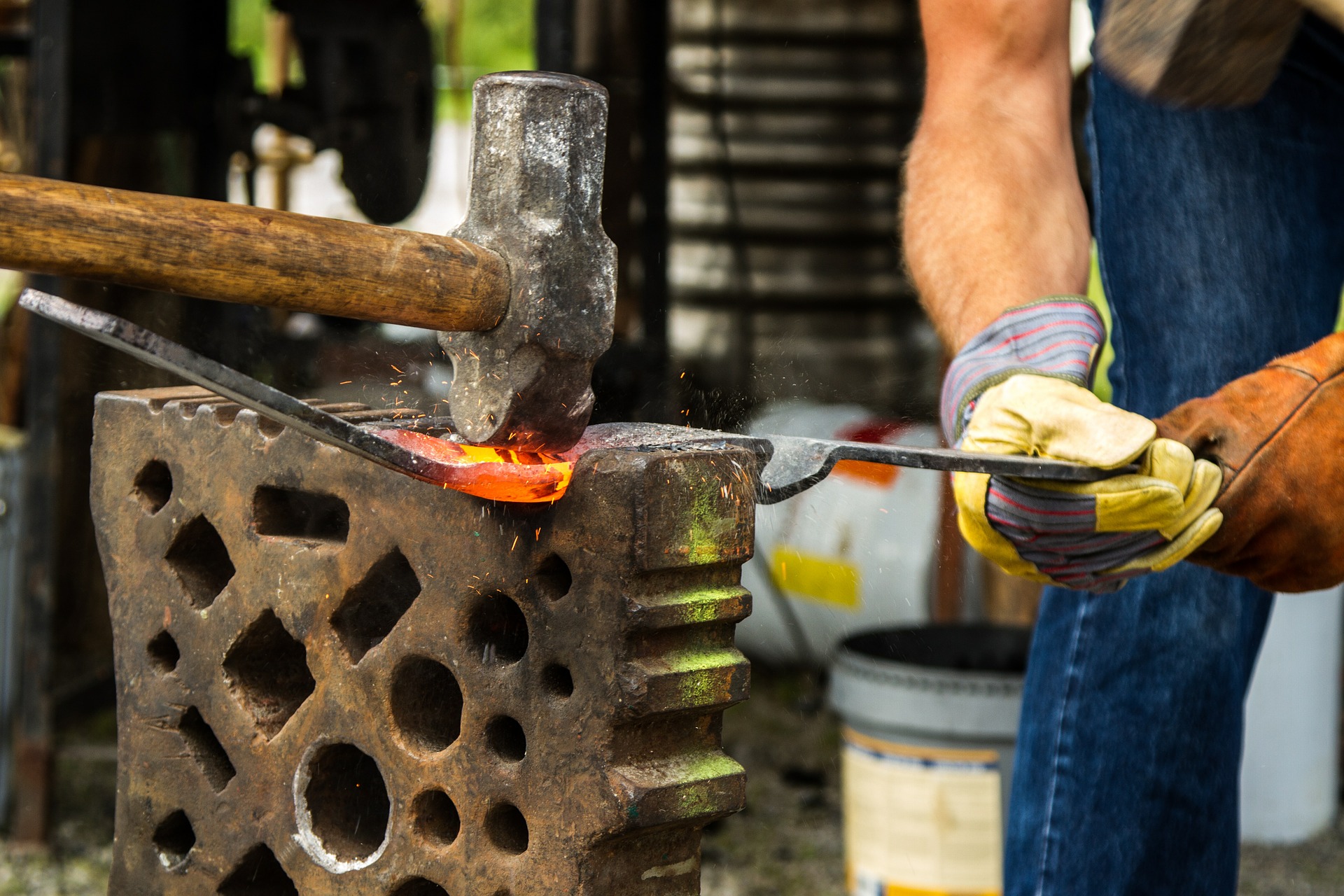Forging and casting are the two most popular methods involved in metal fabrication. Both these processes have been around in industrial operations for centuries. Casting is when you pour molten metal into a mold or die and allow it to cool and harden. Eventually, it takes the shape of that particular mold. Casting the metals is ideal for mass-production of all the parts and industrial operations that use the same mold to create similar products.
Forging, on the other hand, uses compressive force to shape any metal. The process includes striking a hammer on the metal workpiece until it takes the desired shape. The action of pounding deforms and shapes the metal, thereby, resulting in unbroken grain flow. This process makes the metal strong and durable.
There are many instances where the process of forging is preferred overcasting. Here is why forging may be a better choice for your application.
Forgings Vs. Castings – Why Choose the former?
The process of forging includes applying a combination of heat and physical force on the metal, and it is done to shape the metal into the desired shape while keeping it solid. You can choose different options for forging metal, such as open or closed die forging, rolled ring forging, etc. You can also differentiate it in terms of temperature and perform cold forging, warm forging, or hot forging, as per your requirement. Various kinds of forging methods are used for different metals like brass, steel, bronze, aluminum, and so on.
Advantages of Forging:
Listed below are the advantages of forging
Sturdier end product
Compared to casting, the end product out of forging is stronger and tougher, especially in terms of impact and shear strength. This process makes the grain flow in the metal to produce the exact shape of the product. It also provides overall stronger grain, hence, a more even structure and tougher composition. This property of forging also makes the products resistant to wear and tear.
True to form
The forging process doesn’t lead to a lot of shrinkages, nor does it result in cavities. It means that when you forge a metal, it stays true to its form. On the other hand, casting a metal undergoes various changes.
Wider industrial application
Forged products are wider in terms of industrial application in comparison to products with casting. Some of the common applications of forged products include gears, aircraft landing rods, crankshafts in trains and cars, small tools like screws, rivets, chisels, and others.
Less expensive method
The materials used in the process of forging are less expensive than those used in other ways of fabricating metal. At the same time, forging includes little scrap and rework compared to casting. Forging reduces labor costs and lowers overall tooling equipment expenses.
Why Choose Forging over Casting?
Forging a metal offers uniformity in terms of structure and composition. This method also leads to metallurgical recrystallization, and the whole process strengthens the metal. When you forge steel, the outcomes are more reliable and stronger than castings.
Apart from this, forging can also shape alloys consolidated from metals and additive powders. The process is simple. Firstly, thermomechanical energy consolidates powder into solid form, and after that, forging is used to shape it into an improved state. Other processes of fabricating metal may claim wrought properties, but only forging supplies it consistently and reliably.
Takeaway
Compared with casting, forged products are considered a better choice, especially when you expect the product to exhibit durability and maximum properties. Forging results in a more wear-resistant piece of work. Such advantages of this method also make it a go-to option in creating smaller tools and simple pieces.











